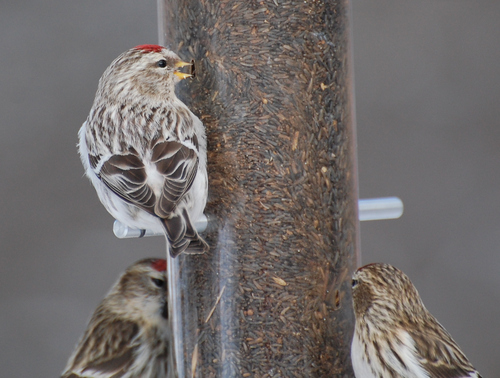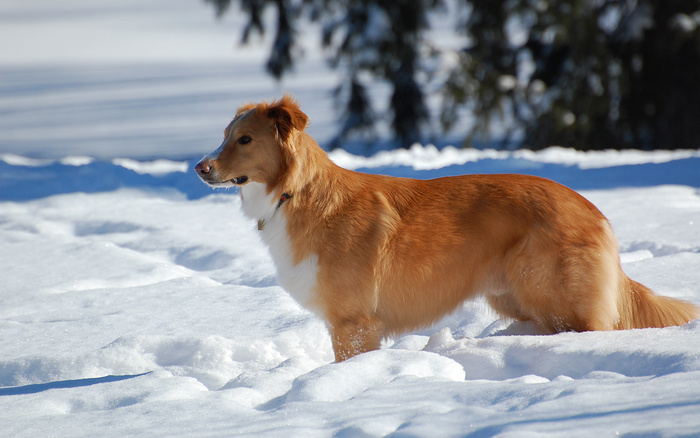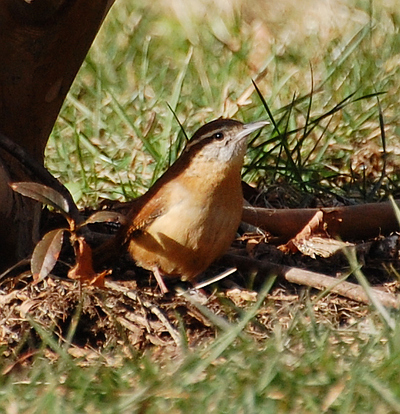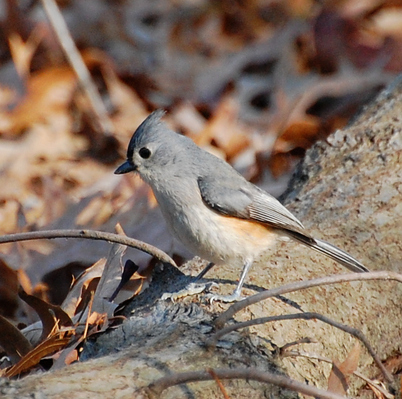
More Redpoll Pix
February 13th, 2011


1680x1050 wallpaper

The feeding frenzy!
Frosty The Redpoll
February 11th, 2011
The artistic prize may have been yesterday's subject, but here's the birder's prize:

This redpoll's (mostly) unstreaked white rump, minimal flank streaking, tiny bill and overall "frosty" appearance all mark her as a rare Hoary Redpoll. While Common Redpolls are birds of the boreal forest and tundra scrub, Hoary Redpolls breed in the treeless high arctic. Even in a "redpoll winter", like this one, only a few of them ever make it as far south as Ottawa. This was my second-ever sighting of the species.
For comparison:

Redpollarama
February 10th, 2011
Redpolls in Ottawa have burgeoned again. I was amazed and delighted by the sheer numbers of them at Shirley's Bay this afternoon, teeming around the three nyjer feeders. And so tame. They do startle easily--but return to feeding within seconds of the startle. I got hundreds of photos as the sun peeked in and out of the clouds. I'll share the best of them over the next few days.
The prizes, at least artistically, are the ones with significant amounts of red on their breasts. Right now they're a small minority. (There will be more of them as spring approaches.) So I was thrilled when I managed to get a quality portrait of this guy:

1680x1050 wallpaper
Winter Playground
February 4th, 2011
I saw this fellow romping with his owner in the newly-fallen snow at the arboretum, and couldn't resist taking a few pictures. He looked like he was having the time of his life.

1680x1050 wallpaper

1680x1050 wallpaper
Watchful Eye
February 2nd, 2011
This is one I didn't get around to posting before. I took it at Andrew Haydon Park in late May.

1680x1050 wallpaper
The Music Of Nature
January 31st, 2011
These "video portraits" by Music of Nature are simply breathtaking. I could take stills from any one of them and call them excellent photographs--the video quality is that good. Add to that the beautifully captured birdsong and it's a feast for the senses.
I also can't imagine how they captured some of this, with the more bashful and secretive species. I mean really: Henslow's Sparrow? What's next, footage of a unicorn?
Here are my favorites (besides the Winter Wren embedded above):
Chestnut-Sided Warbler
Red-Winged Blackbird
Canada Warbler
Bobolink
Eastern Towhee
White-Eyed Vireo
Ruffed Grouse (drumming) (the visuals on this one are particularly striking...it's also one of those cases of "how on earth did they capture this?" Male grouse don't like anyone watching them drum except for female grouse!)
And some others of interest:
Veery
Wood Thrush
Rose-Breasted Grosbeak
Prairie Warbler
Henslow's Sparrow
Orchard Oriole
The videographer's Youtube channel and dedicated website.
Virginia Winter Birds: Roundup
January 28th, 2011
Time for the last few stragglers, and the final triplist.

The Carolina Wren is a common year-round wren in Virginia. It's a bolder species than the bashful Winter Wren, and often found close to human habitation. This one was in a neighbor's front yard.

Eastern Bluebird

Hermit Thrush in my parents' back yard. Each year (if I visit) I find a few of these guys wintering in the brushy woods behind the house. This visit, though, was the first time I'd ever heard a Hermit Thrush sing in winter! It was more disjointed than their summer song, and very soft, as if coming from afar--though the singer was actually about ten feet away from me.
( Triplist )
Virginia Winter Birds: Red-Shouldered Hawk
January 27th, 2011
The Red-Shouldered Hawk is a buteo: a short-tailed hawk. The most well-known North American bird in that category is the Red-Tailed Hawk. It favors open land whereas the Red-Shouldered Hawk favors forests. In Ottawa, the Red-Shouldered Hawk is thought of as a rare and reclusive bird, found only in true wilderness. (The endangered Leitrim Wetlands, a remnant tract of mature forest in the south end, is one place where they've been known to breed.) I've never seen one here.
Oddly enough, I had a grand total of six Red-Shouldered Hawk sightings on this trip, and zero Red-Tailed Hawks! This species is clearly more common in Richmond than I realized, and in winter it comes out of the forests (some of them do, anyway) and readily dwells in developed areas. One individual seemed to be spending the season in the vicinity of Deerfield Drive.
I was shooting into the sun here. But I think the silhouetted flight photo is kind of compelling.


Virginia Winter Birds: OMG CUTE take 2
January 26th, 2011
Tufted Titmice are in the tit family along with chickadees, and they are indeed very chickadee-like: hyperactive, acrobatic, intelligent, alert, similar-sounding (chickadees go "chicka-dee-dee-dee", titmice go "chicka-jay-jay-jay")...and last but not least, cute as anything.

1680x1050 wallpaper


Virginia Winter Birds: Northern Mockingbird
January 23rd, 2011
When I was a kid, there was a tree in our front yard that our cat, Ebony, liked to rest under. One summer it was also the tree in which a mockingbird nested. She ran him ragged. It got to where Ebony would just come out on the front porch and the mother would preemptively dive-bomb him. Mockingbirds are not the timid sorts.


1680x1050 wallpaper
|
